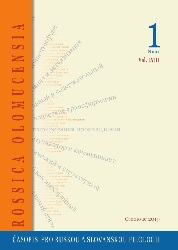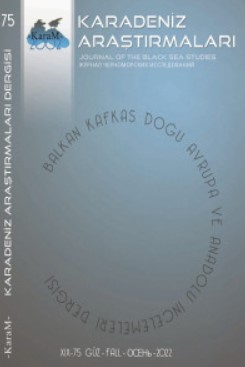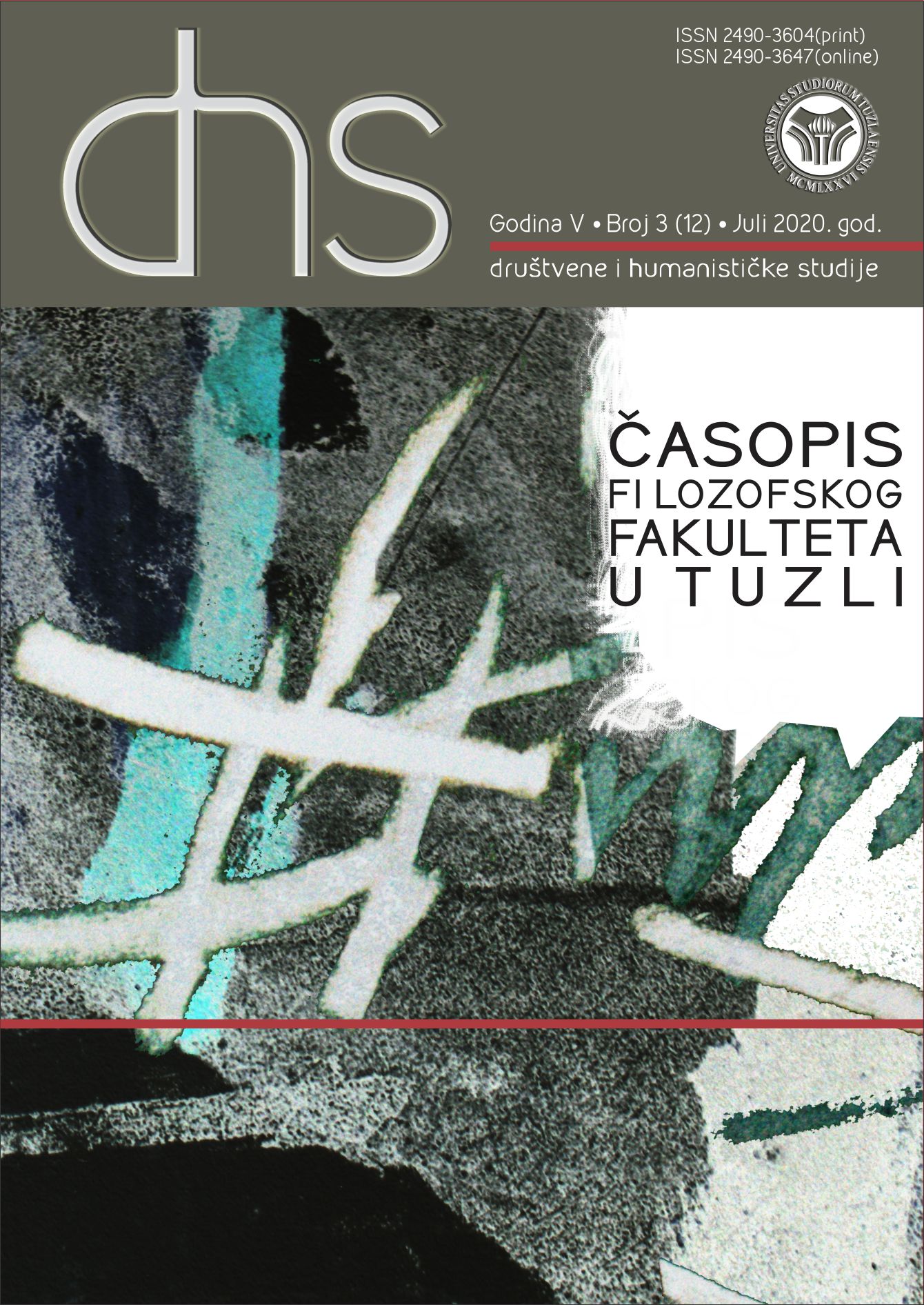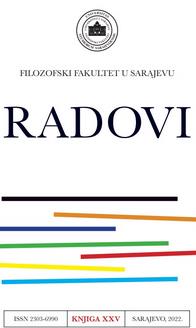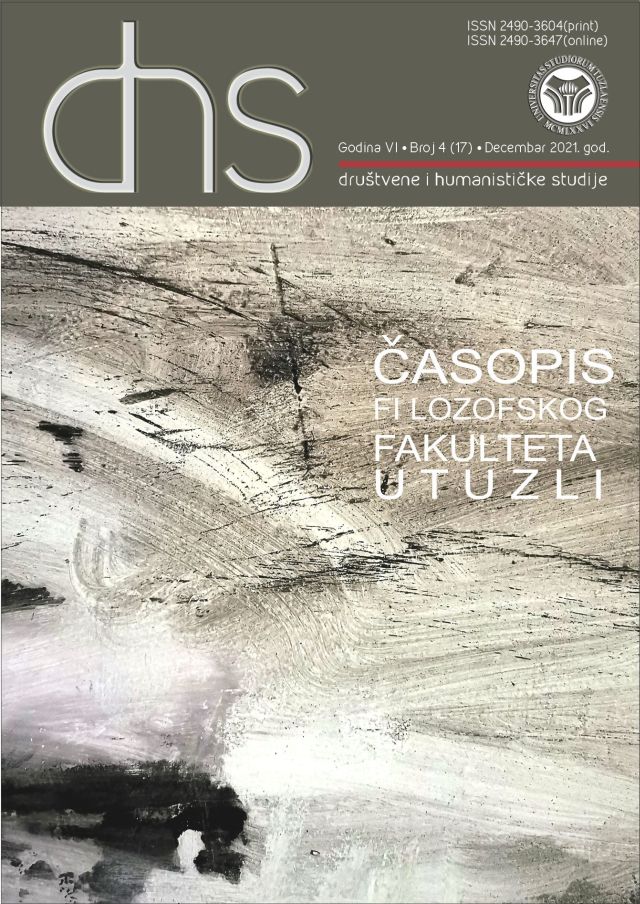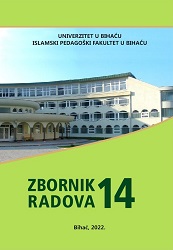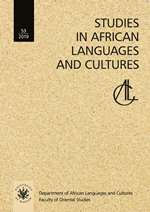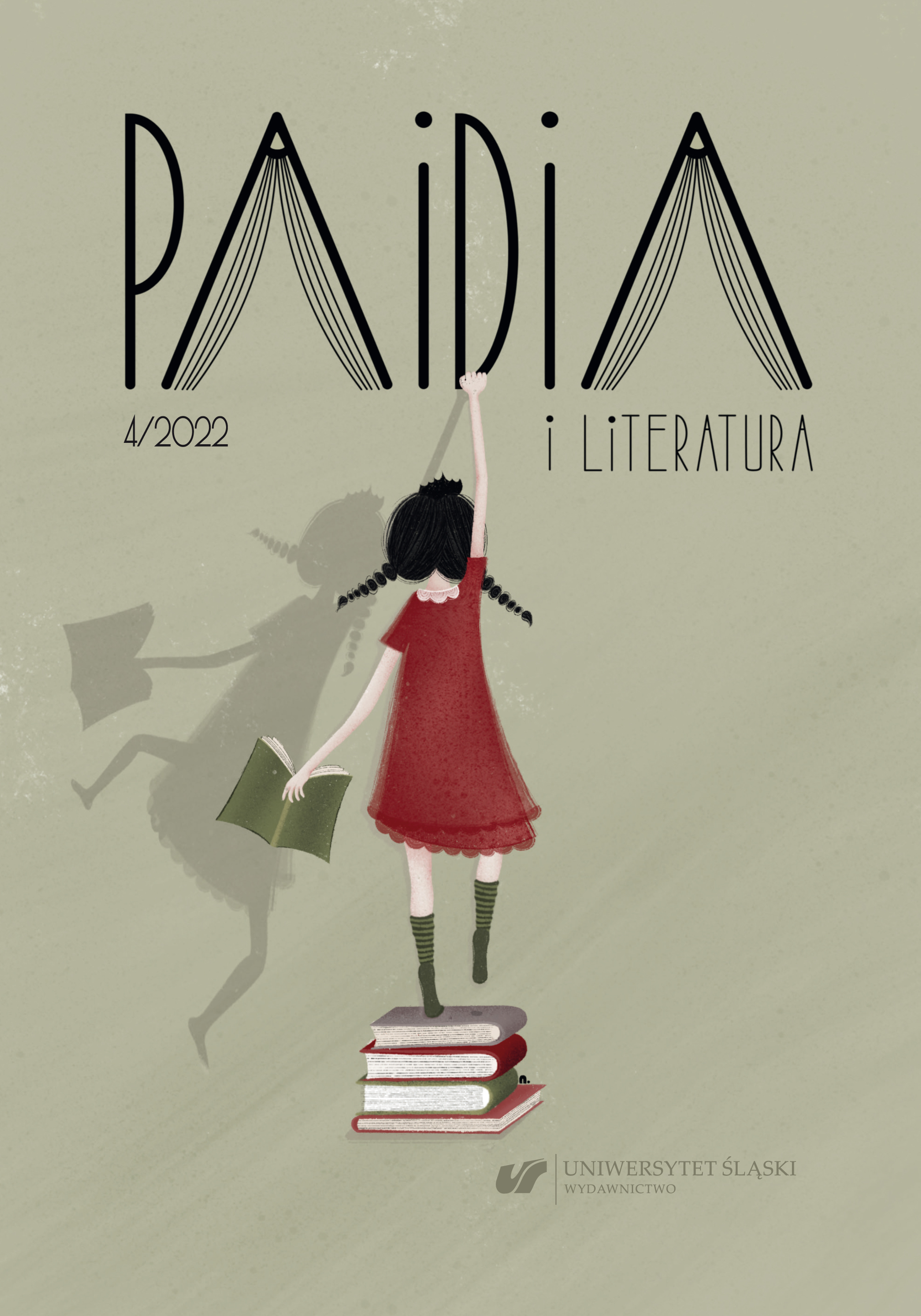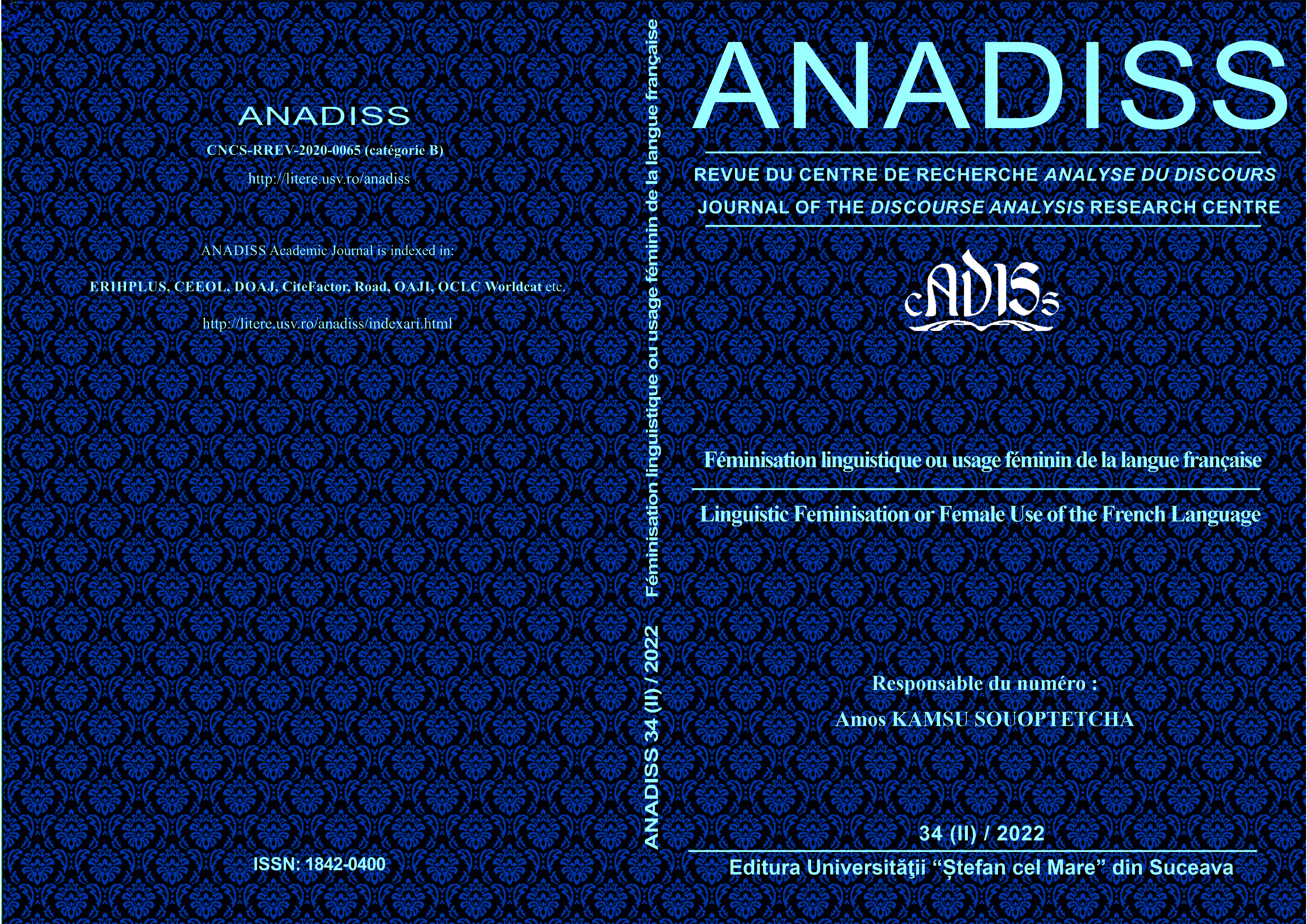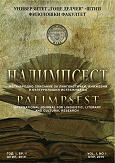Eesti keele viitevahendid kirjeldustes ja jutustustes
This study focuses on reference in the Estonian language by taking an experimental approach to spatial and discourse reference. The aim is to reveal what is the inventory of referential devices in Estonian, and whether there are context-related factors that influence the choices made when referring. In particular, the data from two tasks are analysed. In the spatial setting, participants were asked to describe the surroundings by referring to large visible referents, i.e. houses. In the discourse setting, participants had to narrate a story based on a picture book by referring to animate and inanimate objects. Importantly, in both tasks, the speakers had to differentiate between competing referents (houses in the spatial task, and boys (as well as other objects) in the narration task). In the data, five types of referential devices occur: bare NPs (e.g. maja ‘a/the house’, noorem poiss ‘the younger boy’), NPs with determiners (e.g. see maja ‘this house’, üks poiss ‘a boy’), bare demonstratives (e.g. see ‘this’, seal ‘there’), personal pronouns (i.e. tema/ta ‘(s)he’), and verb forms without overt subjects (e.g. seisab ‘stands’, jookseb ‘is running’). In the spatial context, NPs both with and without determiners are used most frequently, followed by bare demonstratives. In the narrative context, bare NPs are used the most, followed by significantly less frequent personal pronouns. In both contexts, the main determiner used is see ‘this’. However, in the spatial context, demonstrative adverbs are also typical determiners (e.g. siin majas ‘here in the house’), whereas in the narrative context, pronouns üks ‘one’ and oma ‘one’s’ are typical determiners (e.g., üks poiss ‘a boy’). As such, the results show that the choice of referential devices is highly dependent on the referential context. Describing the surroundings requires the speaker to use other strategies as compared to narrating a story. Furthermore, the analysis indicates that contrast also contributes to the use of different referential units, as does the location of the competing entities (i.e. distance).
More...
